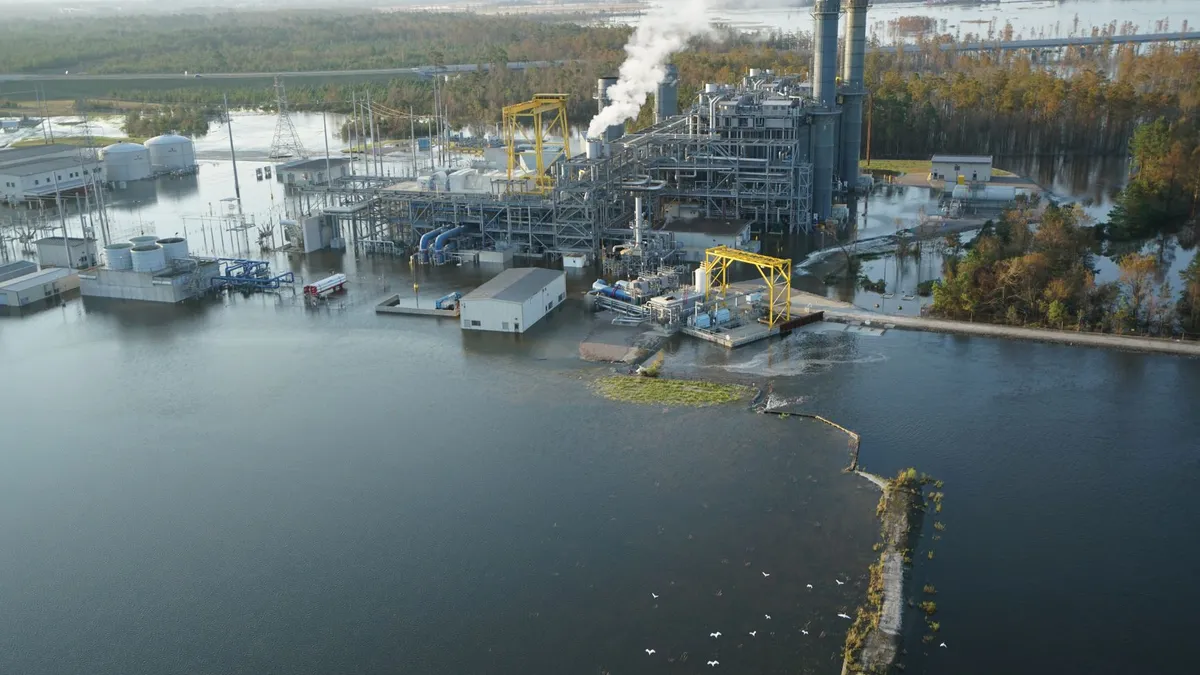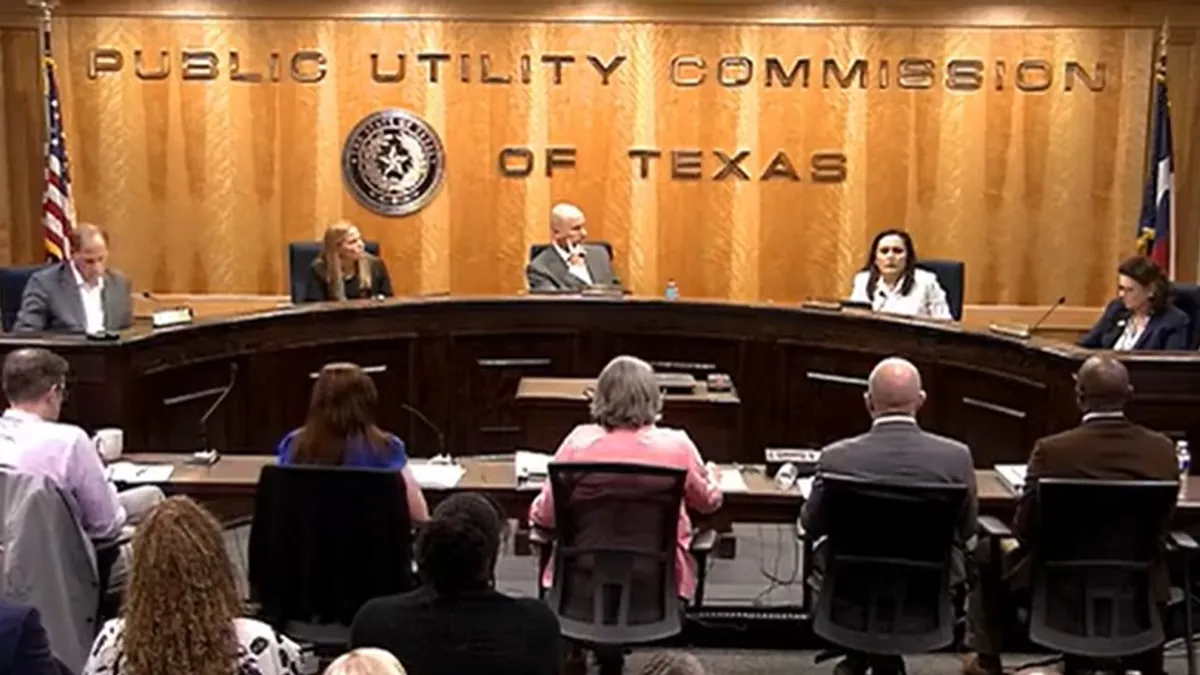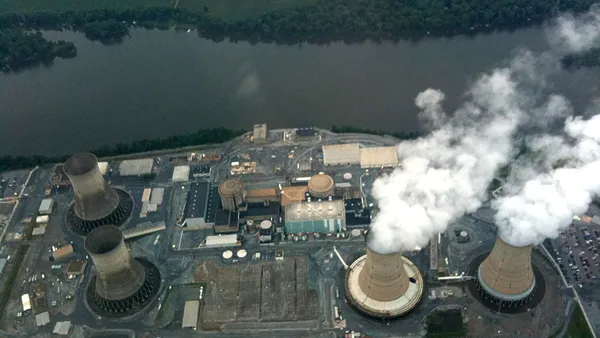Dive Brief:
-
Six environmental groups filed a lawsuit on Monday against the Environmental Protection Agency (EPA) and acting administrator Andrew Wheeler over a final rule that gives states more authority over the management of coal ash sites and delays closure of some pits.
-
The groups, in part, attribute the lawsuit to recent coal ash spills related to Hurricane Florence, which they say show utilities are not taking the structural integrity of their storage sites seriously enough.
- The EPA's final rule in July rolled back the Obama administration's coal combustion residual (CCR) rule, which was triggered in part by a massive 2008 spill from a Tennessee Valley Authority (TVA) coal plant. The U.S. Court of Appeals for the D.C. Circuit in August ruled those Obama-era regulations didn't go far enough in protecting people against unlined coal ash pits.
Dive Insight:
Hurricane season has highlighted the vulnerabilities of coal ash pits that remain uncapped and close to waterways, and environmentalists say utilities should have cleaned up their sites long ago.
"The risk that legacy impoundments and insufficiently lined coal ash ponds pose is too great to let another hurricane season go by without addressing the problem," Thomas Cmar, deputy managing attorney for the coal program at Earthjustice, said in a statement.
"Having coal ash lagoons on the waterfront and capping coal ash in place in unlined riverfront pits is irresponsible and dangerous," Frank Holleman, a senior attorney at the Southern Environmental Law Center, told Utility Dive in September, before Florence hit.
At the time, Duke Energy, the primary focus of Holleman's concern in North Carolina, denied the coal ash ponds posed a threat to the surrounding waterways.
Days later, more than 2,000 cubic yards of coal ash spilled from the utility's storage site at its Sutton Plant, infiltrating a nearby recreational lake that Duke also uses as a cooling pond.
A dam breach at that lake later leaked the ash into the nearby Cape Fear River. How much that spill contaminated the river has been a point of contention among Duke Energy, the state of North Carolina and local environmental groups, including the Waterkeeper Alliance and Earthjustice, two plaintiffs in the suit against the EPA.
The September storm also flooded three coal ash sites near Duke's shuttered H.F. Lee coal plant, which leaked coal ash during Hurricane Matthew in 2012 as well. During Florence, Paige Sheehan, Duke's director of policy and environmental communications, told Utility Dive the utility "didn't want folks to be concerned with public safety" and said they were doing "more to close coal ash basins at speed, scope and scale" than any other utility.
The Trump Administration's final rule gives utilities more time to clean up their coal ash ponds, which were previously required by federal law to be transitioned to dry, lined storage sites by April 2019.
Utilities have already been "kicking and screaming" to transition their sites to dry storage for years, said Holleman. "It's simpler and cheaper to leave [coal ash] in the unlined pits," he added.
Monday's lawsuit comes in the midst of another court case in Tennessee, whereby 30 workers are dead and 200 more are sick or dying of contamination from cleaning up TVA's 2008 coal ash spill.
Those who are still able to testify are alleging the utility and the firm TVA hired to oversee the cleanup denied workers protective gear while cleaning up the sites. Testimony from one of the workers says TVA didn't want the public to perceive the site as "dirty" and didn't want to "give the appearance there [was] an issue."
The six groups suing the EPA include the Sierra Club, the Waterkeeper Alliance, Clean Water Action, Prairie Rivers Network, Hoosier Environmental Council and Heal Utah.
An EPA spokesperson said the administration is unable to comment on pending litigation.















